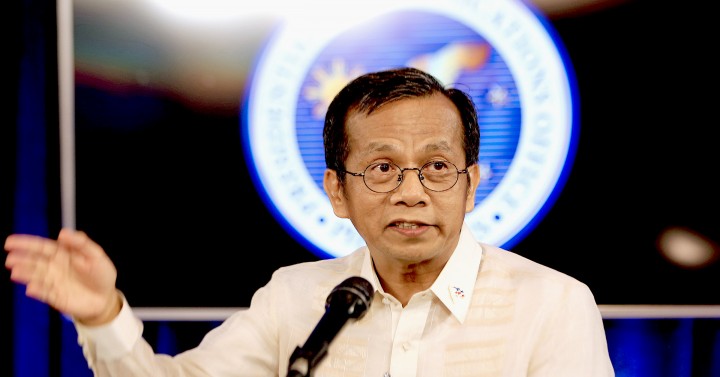20 July 2023
Philippine President Ferdinand R. Marcos Jr. has approved the ₱170.6 billion solicited public-private partnership (PPP) proposal to rehabilitate the Ninoy Aquino International Airport (NAIA), National Economic and Development Authority (NEDA) chief Arsenio Balisacan said on Wednesday.
At a Palace briefing, Balisacan said the winning private concessionaire is required to invest in modern airport control equipment, construct Terminal 2 and 3 extensions within the next 2 years, establish new ramps, rehabilitate runways and taxiways, and connect Terminal 1-4 facilities for an in-extendible period of 15 years contract.
NEDA said the project is expected "to address longstanding issues at NAIA such as the inadequate capacity of passenger terminal buildings and restricted aircraft movement."
The rehabilitation project aims to increase the current airport capacity from 35 million passengers to at least 62 million passengers per year and increase air traffic movement from 40 to 48 per hour.
Currently, it handles 30,961,467 passengers as of June 2023. NAIA handled 47,898,046 passengers in 2019 prior to the covid19 pandemic that plagued the country which drastically reduced traffic throughput at the airport to 8,015,385 in 2021.
The DOTr earlier floated the
possibility of lengthening the concession period by including a
provision that would extend it by another 10 years should the two new
airports — New Manila International Airport in Bulacan and Sangley
International Airport in Cavite — are delayed, but the stipulation was removed by NEDA.
The government planning agency also disapproved the solicited ₱267 billion proposal of Manila International Airport Consortium (MIAC) which is pushing for a 25-year concession period for the rehabilitation, improvement, operation and maintenance of the Ninoy Aquino International Airport, saying the proposed plan of 70 million passengers per annum in 2048 is unrealistic. The MIAC plan is also inconsistent with JICA's Mega Manila Multiple Airport system transport strategy, adopted by the government of the Philippines.
You can find the Jica transport strategies for Mega Manila here and here


.jpg)